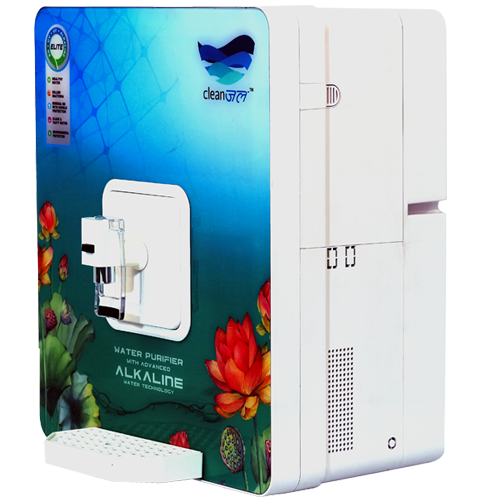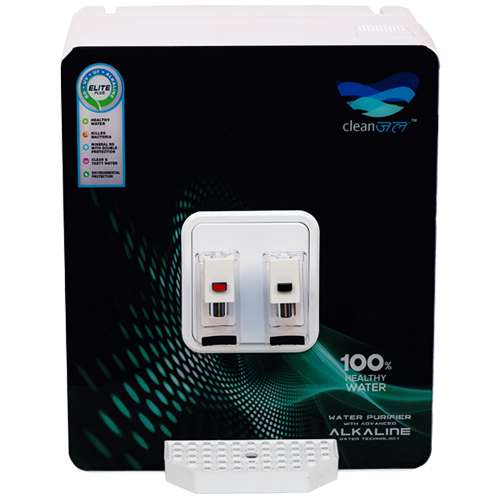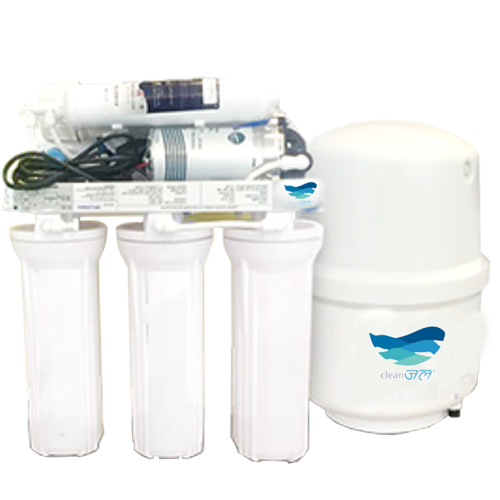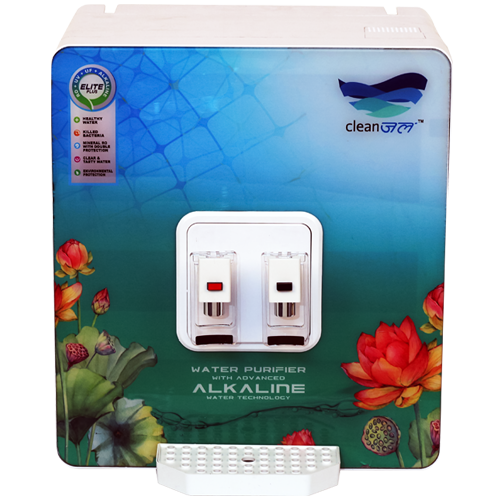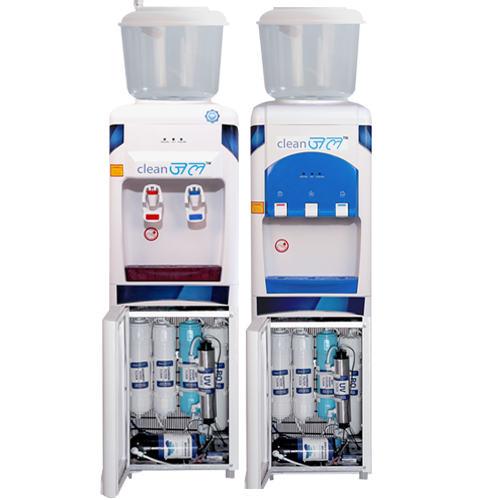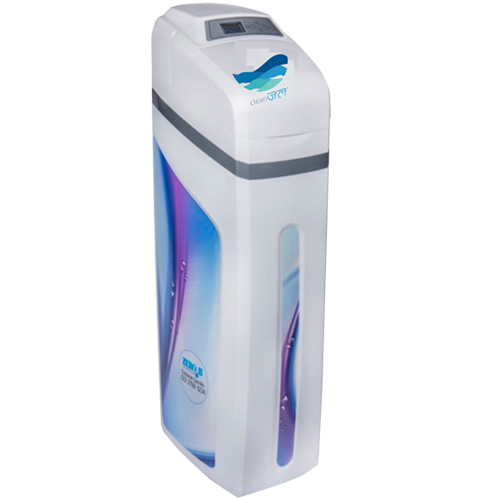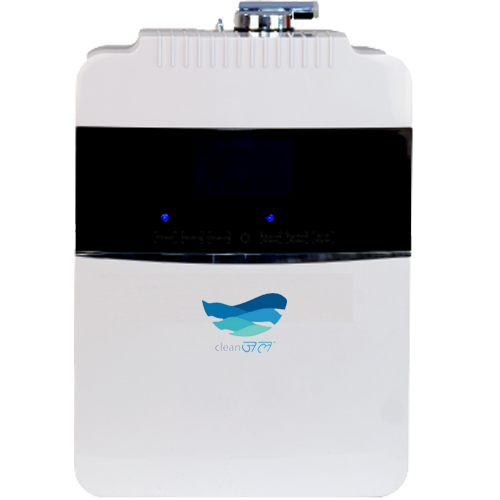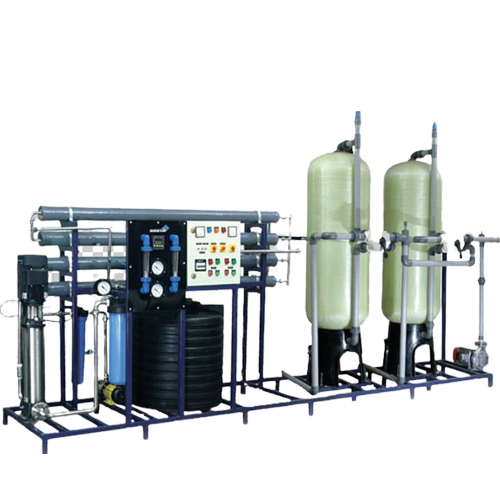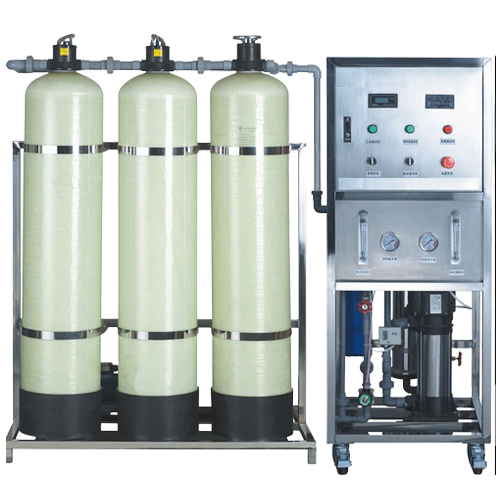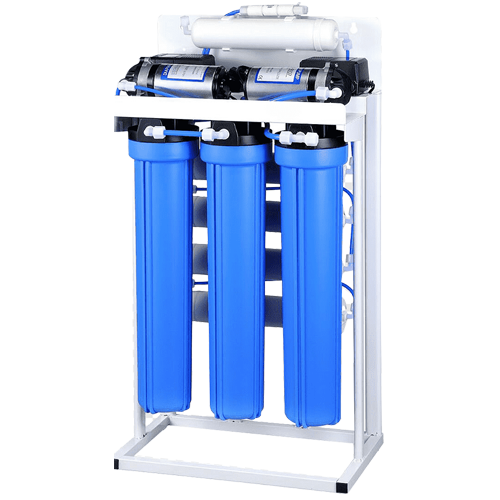What is TDS Meter?
A TDS meter is a device that measures the total dissolved solids (TDS) in a solution. The measurement of TDS is important in many industries, such as water treatment and food and beverage production. TDS meters are used to monitor the quality of water, to ensure that it meets standards for safety and/or taste.
A TDS meter is an instrument that measures the total dissolved solids (TDS) in a liquid. This is important because TDS can affect the taste, clarity, and overall quality of water.
A TDS meter is a device that measures the total dissolved solids (TDS) in a given solution. The solids can be inorganic or organic, but they must be able to dissolve in water. TDS meters are used to monitor the purity of water, as well as to check the efficacy of water filtration systems.
A TDS meter is a device that measures the total dissolved solids (TDS) in a solution. The TDS of a solution is a measure of the number of dissolved minerals, salts, and other compounds in the water. The more dissolved solids in the water, the higher the TDS.
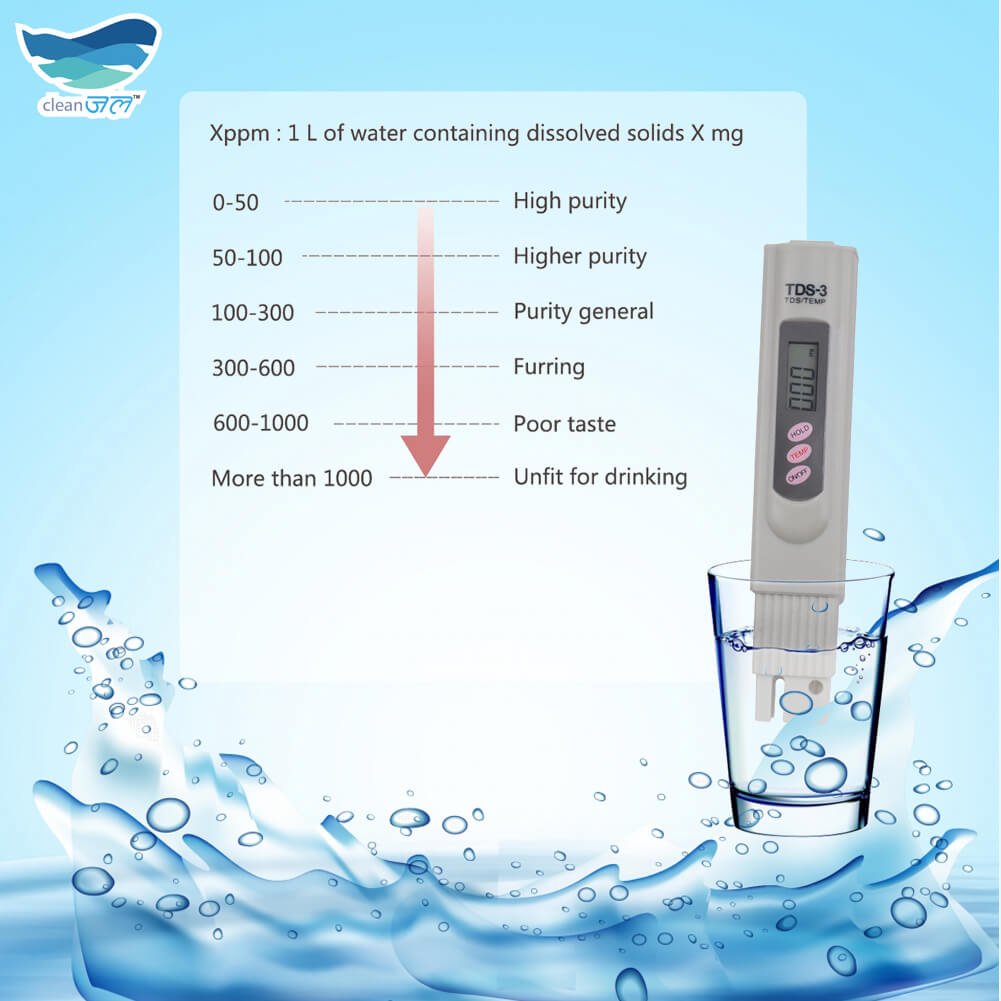

How to use TDS Meter ?
There are many different types of TDS meters on the market, but they all work in essentially the same way. A sensing probe is placed into the solution to be tested, and a reading is taken. The reading will indicate the number of dissolved solids present in parts per million (ppm).
The use of a TDS meter is relatively simple. First, make sure that the meter is calibrated according to the manufacturer’s instructions. This is important to get accurate readings. Next, place the sensing probe into the solution to be tested. Wait for a few minutes until the reading stabilizes, then note the ppm reading on the display.
It is important to keep in mind that different solutions will have different levels of dissolved solids. For example, pure water has very low levels of dissolved solids, while seawater has very high levels. When using a TDS meter, it is necessary to know what range of readings is considered normal for the specific solution being tested.
To use a TDS meter, simply dip the probe into the liquid you want to test. The meter will then give you a reading of the TDS levels in parts per million (ppm).
While there is no “ideal” TDS level, most people prefer water with a TDS level of 100 ppm or less. However, this is just a general guideline – ultimately, it’s up to you to decide what tastes best to you!
To use a TDS meter, simply turn it on and dip the probe into the solution you wish to test. The meter will then display the TDS level of the solution. The higher the TDS level, the more solids are present in the solution.
TDS meters are an essential tool for anyone who needs to monitor the quality of water, whether for drinking, swimming, or other purposes. By regularly testing your water with a TDS meter, you can ensure that it meets your standards for quality and purity.
To use a TDS meter, simply turn it on and insert it into the solution you wish to test. The meter will then display a reading of the TDS in parts per million (ppm). For most applications, you will want to keep the TDS below 500 ppm.
TDS meters are an important tool for anyone who needs to monitor the quality of their water supply. They can be used to test drinking water, pool water, aquarium water, and more. If you need to remove dissolved solids from your water, a TDS meter can help you determine when the water is ready.


